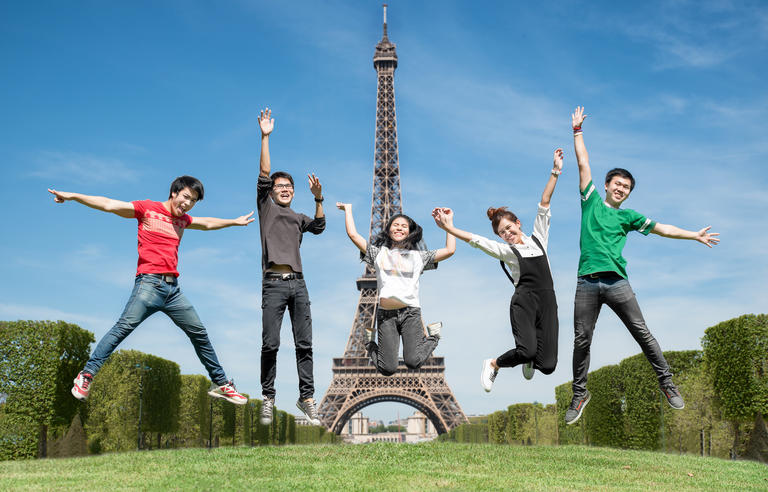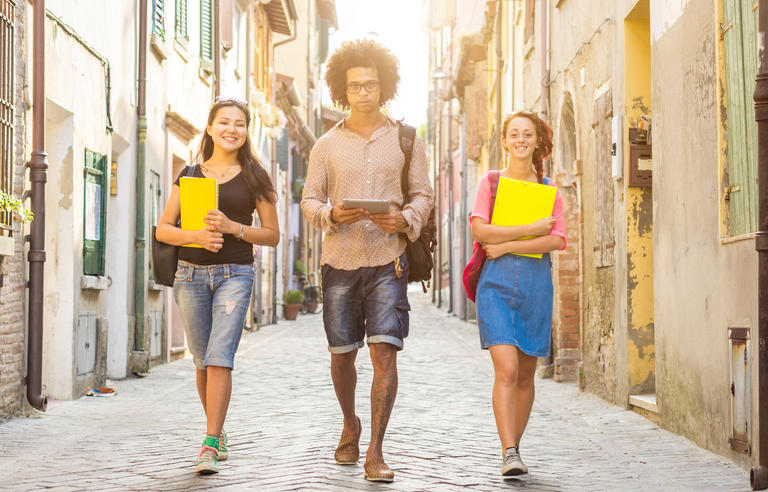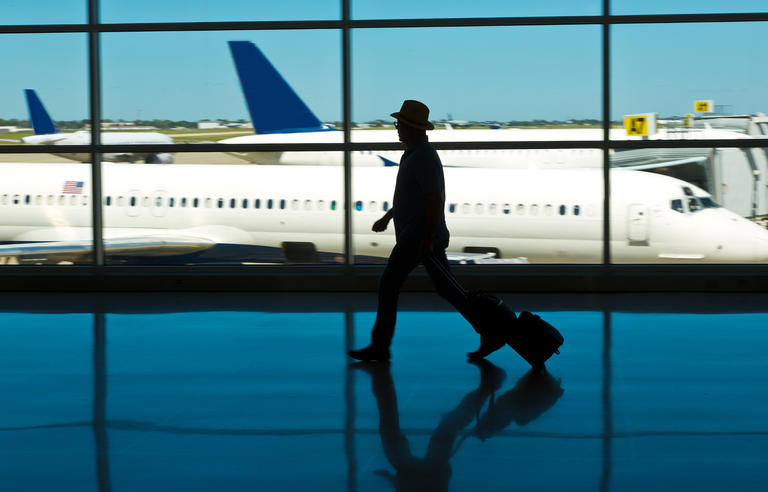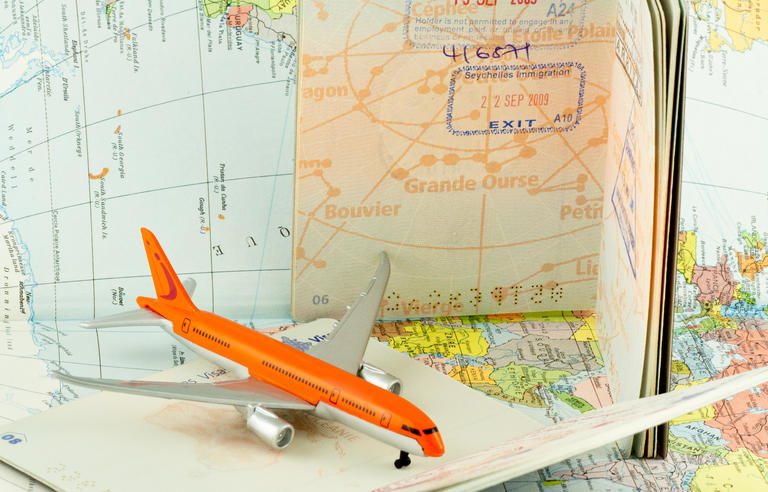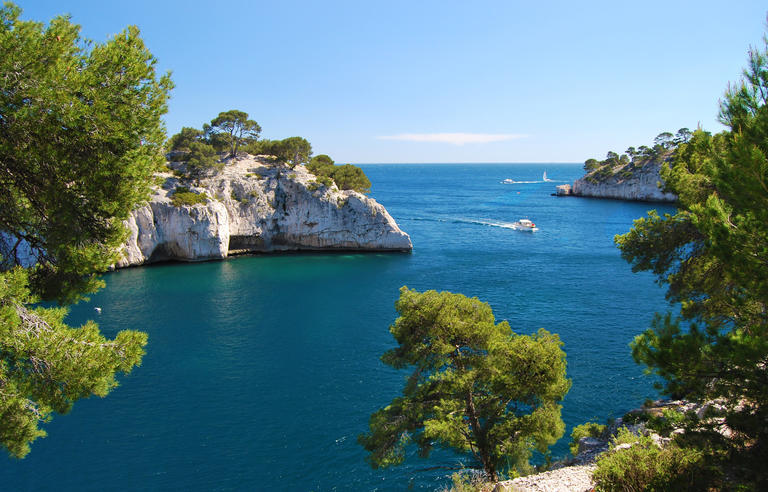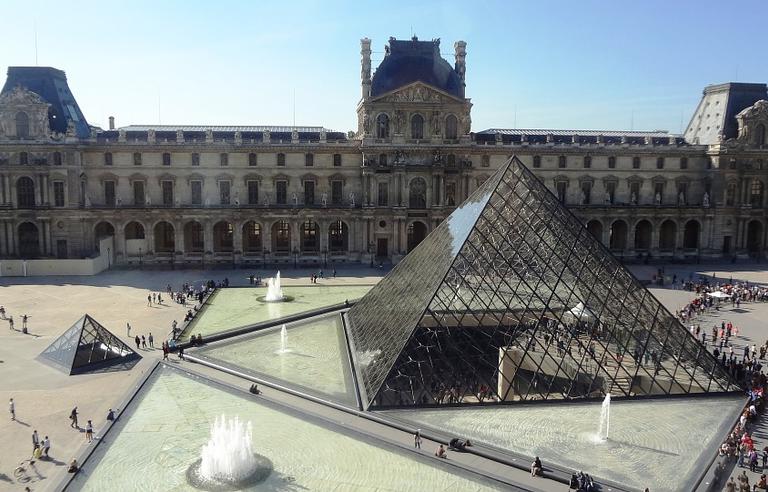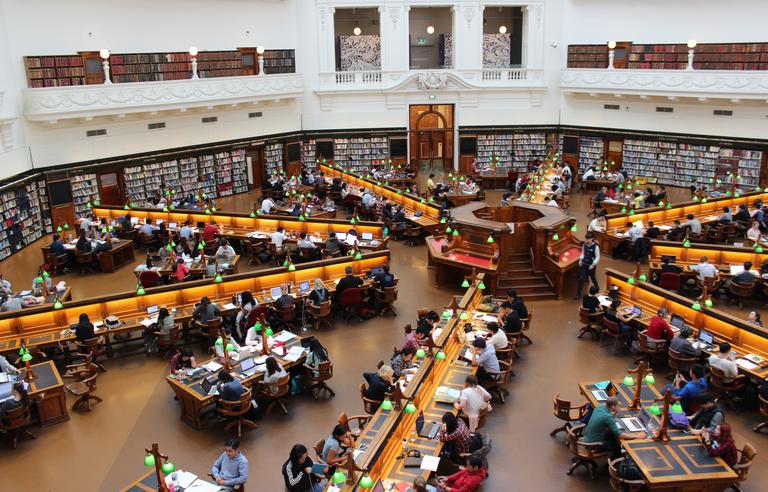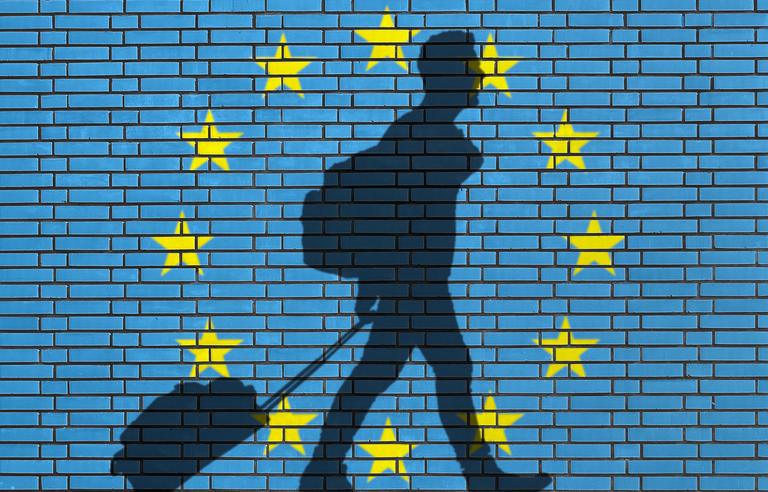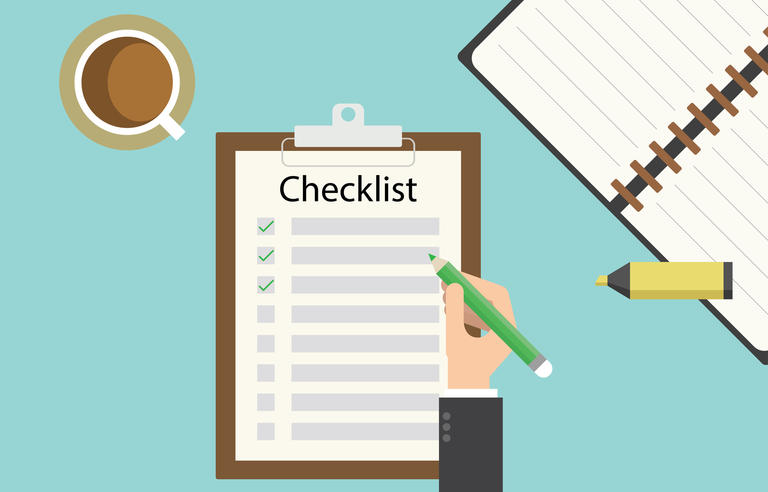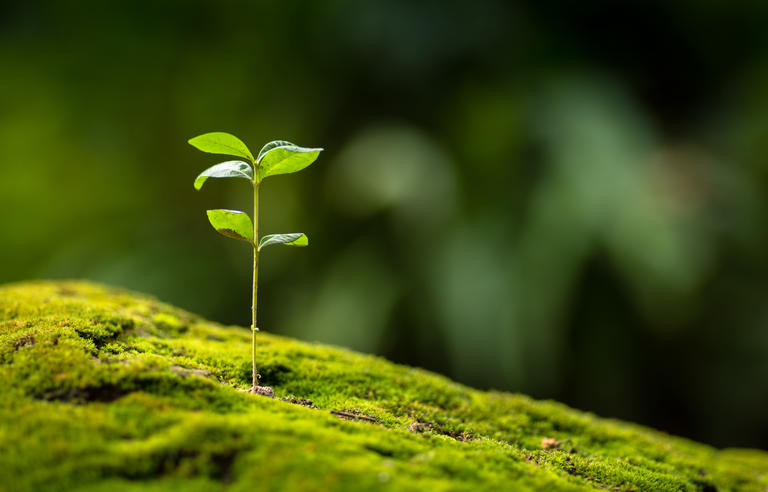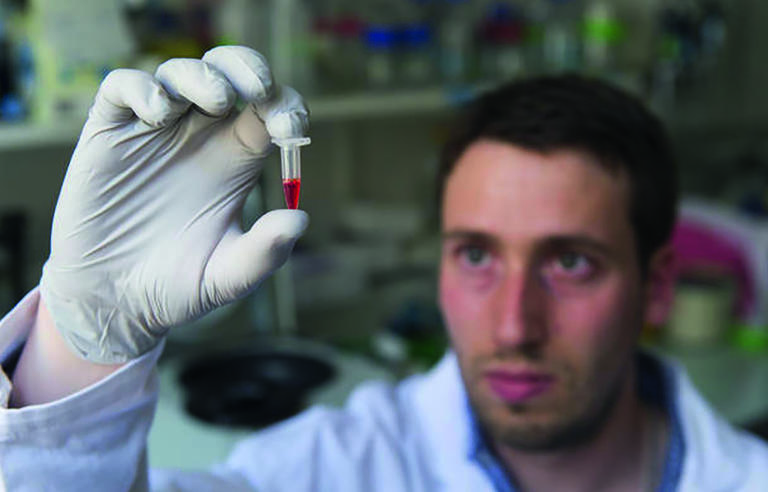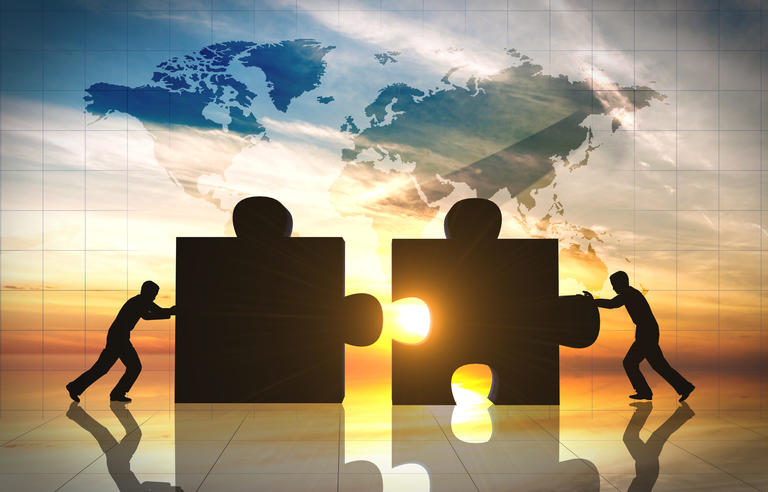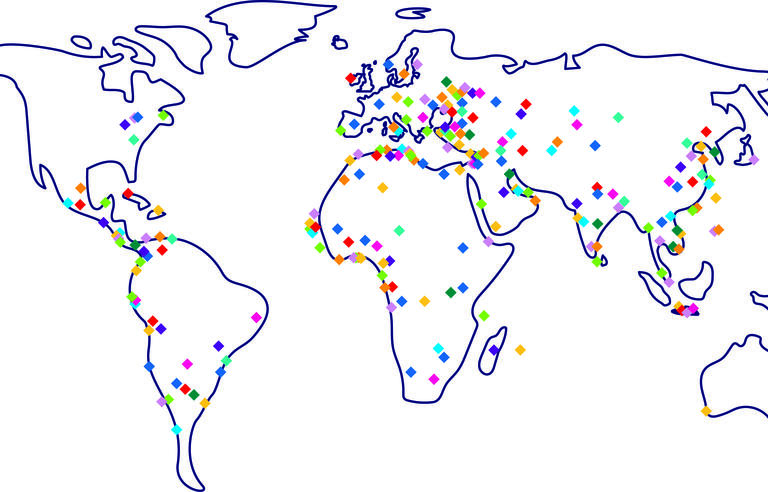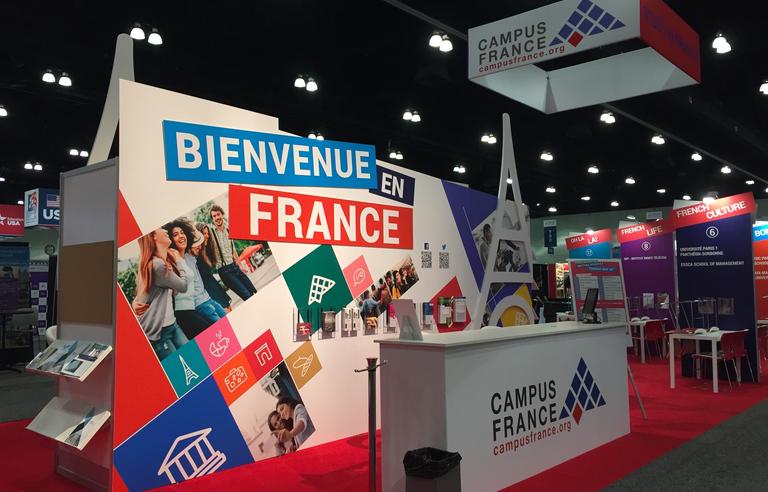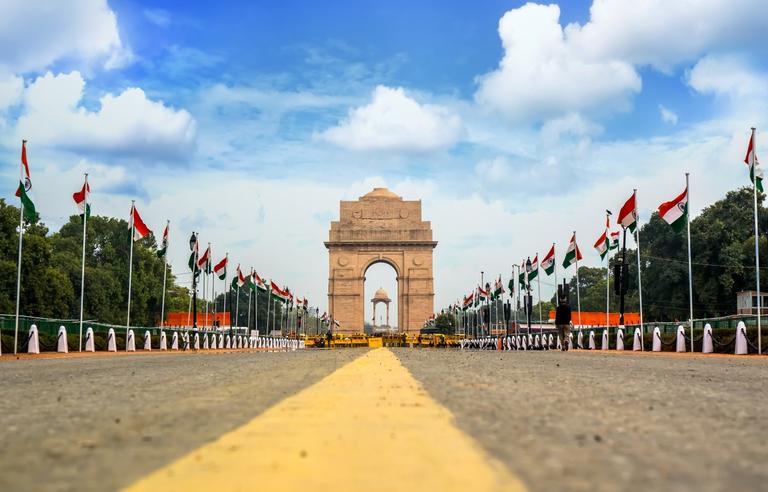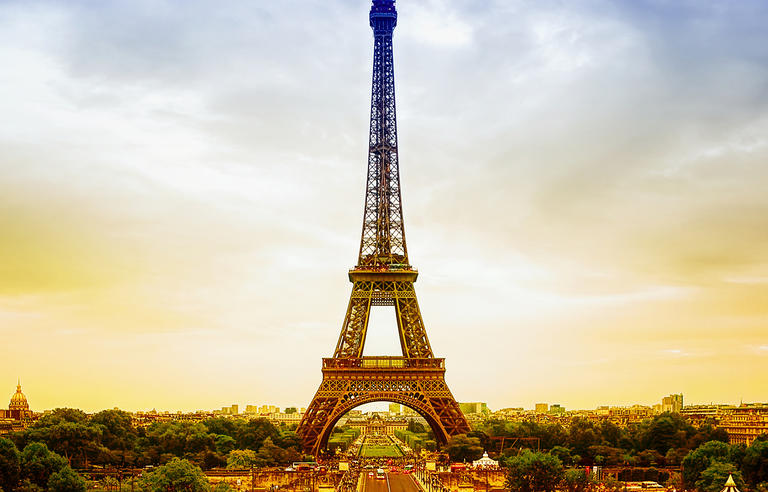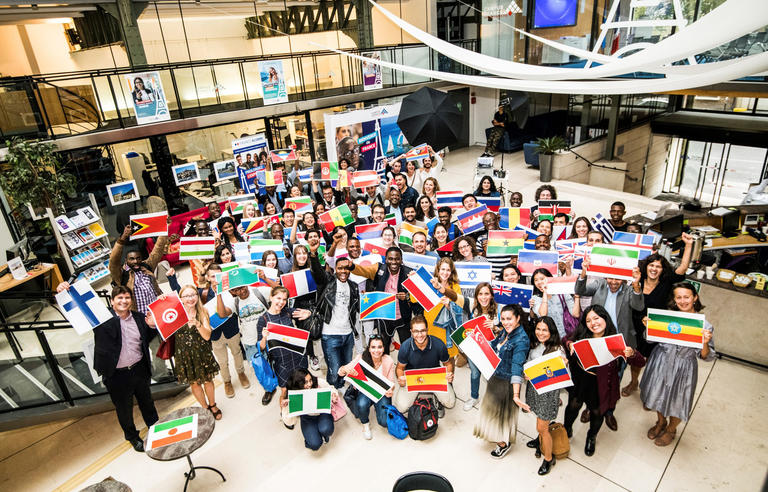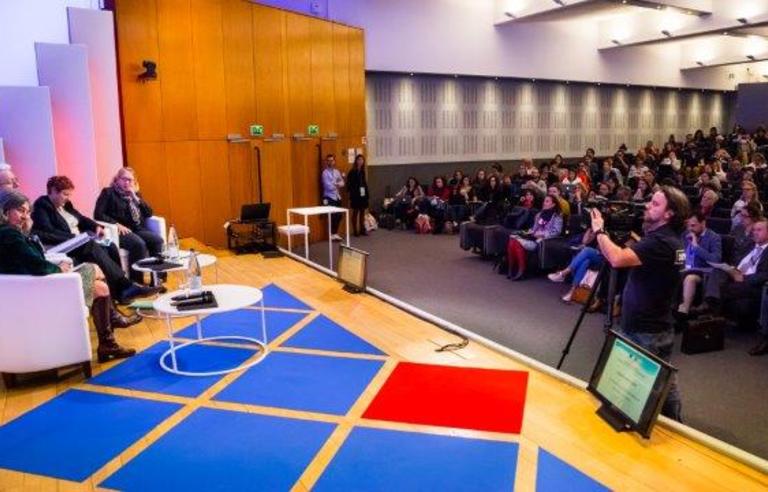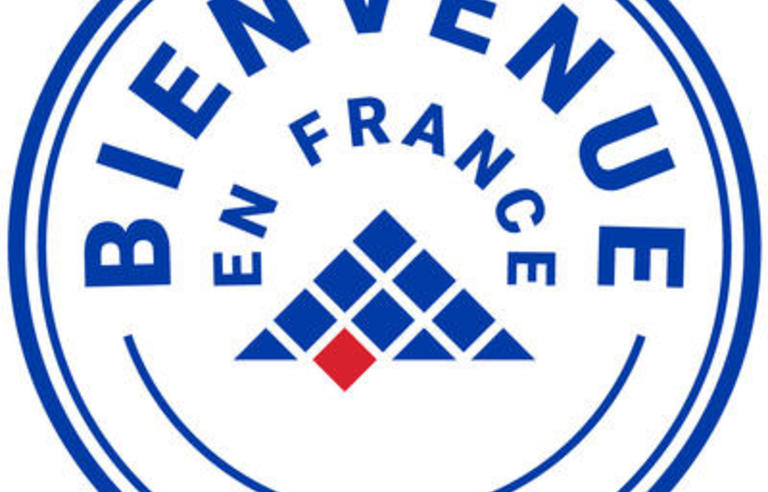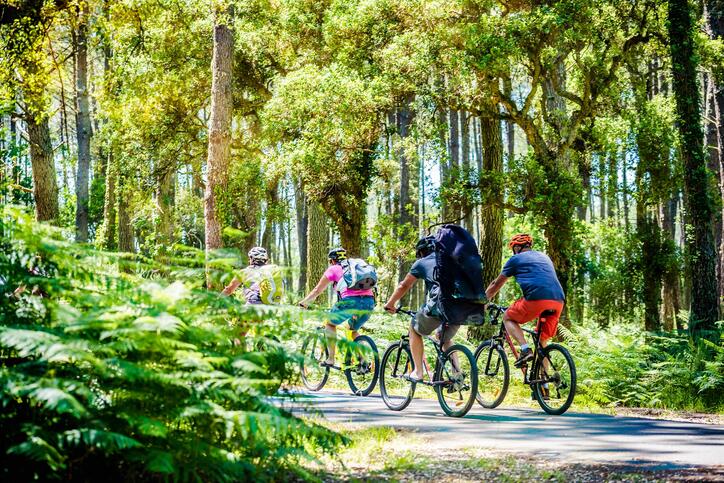
Travel sustainably to discover another aspect of France!
France.fr, the national website for tourism development, offers to explore France differently, with less codifications, and discover France in sustainable travels. Traveling sustainably means practice slow tourism, set-up your travel off season, prefer eco-friendly certifications or being able to estimate your carbon footprint!
France.fr is an Atout France website, the agency dedicated to promoting tourism in France. With the help of the environment of tourism France-based and international players, Atout France develops tourism experiences for “the travellers of today and tomorrow”. Atout France is self-defined as a “tourism activator” fully committed towards sustainable development.
Off-season travels, far from summer crowds
How to “travel sustainably”, exactly? Atout France provides several solutions. The first is to travel off-season. If you haven’t booked your tickets yet, the best season to spend in France is Spring in the mountain or at the beach, far from summer crowds.
In the mountain, first, from the Alps to the Pyrenees, and the Vosges and Massif Central mountains, the return of the good weather, “reaches new heights with a multitude of activities, meetings and events”. It’s the perfect opportunity “to (re)start skiing” in a gentle way. According to the website, if you’re a beginner, “it’s the ideal season to put on your skis, with fewer people on the slopes, less waiting at the lifts, cushioned falls in a cottony snow”. In the mountains, “the awakening of nature in spring is much more than a spectacle, it is a renewal, an emotion that upsets even the most hardened”.
And the same goes for the sea. In France, “enjoying the beach is a national sport”! Atout France lists “the best spots in France for a seaside break in spring”, far from industrial-scale sunbathing. And where could you do that?” In Corsica, at Palombaggia beach in Porto-Vecchio, “voted ‘most beautiful beach in France’”, at Deauville, Normandy, where filmmaker Claude Lelouch made the Planks famous the world over with the film “Un homme et une femme”, at Pampleonne, in Saint-Tropez, “a place to be at least once in your life”, at the “12 kilometres long, Le Touquet-Paris-Plage, “a great success not for its location 2 hours away from Paris”, or the Dune du Pilat, in Arcachon, the most popular beach in France on Instagram, and the most fascinating: at 110 metres high, “it’s the largest dune in Europe”!
Travels to go slow
Traveling sustainably also means choosing “slow travels” and “slow tourism”.
What about exploring France “by taking it easy, taking your time, savouring encounters and landscapes, and simply soaking up the stillness and beauty?” The website invites you to discover the country, whether you're on foot, on a bike, on the water or on horseback, since “France is a wonderful outdoor playground bursting with relaxed adventure itineraries”.
First, by bike. The Tour de France’s home country has no shortage of great two-wheeled escapes: 22,800km of cycle routes and greenways, 5,500km of regional tourist routes and 3,000 road and mountain bike circuits... Choose from a range of bikes, “classic road, mountain or electric” and “hurtle down the Champagne hillsides, climb the Auvergne mountains or Alpine passes, pedal with your hair blowing in the wind on the Atlantic coast, or saunter from chateau to chateau in the Loire Valley”.
Then, hiking. Couldn’t be simpler than in France: there are 11 national parks, 54 regional natural parks and 180,000km of marked trails including 65,000 for long-distance hiking (GR)! Grab your poles and get out onto France’s hiking trails, coastal paths, seaside dunes, country lanes and mountain passes... There’s so much you could do!
And the last one is river tourism. With its “majestic rivers and canals”, France is the ideal boating destination. It offers 8,500km of waterways, of which 6,700 are officially labelled as navigable, making it the proud owner of Europe’s largest river network. Everything is possible, and particularly on the canals of the Rhône, Burgundy and Midi.
Green and blue travels in France
Regardless of the season or the travel mode, Atout France says it’s important to “choose an eco-friendly certification” to promote “green tourism”.
First, you just need to choose a sustainable destination, a Green Resort, for example. Created in 1964, this tourist label, says Atout France, “groups together territories offering meaningful holidays, adopting a green tourism oriented towards nature and respectful of the environment”. A Green Resort can be located in the countryside, in the mountains or near the coast.
The Blue Flag is another label, one of the oldest eco-responsible present on French territory. It was created in 1985, and now present in 46 countries, it is part of the Sustainable Development Goals set by the UN. According to Atout France, the Blue Flag is awarded to a seaside resort or marina, and ensures that the site “has facilities to minimise the impact of tourist traffic, such as waste separation bins and sanitary facilities”. To this day, there are 405 certified French beaches, in about 200 cities, and 105 marinas.
And you also need to choose an eco-responsible accommodation. It’s easier to choose with certifications such as the Green Key, a reference in terms of sustainable tourism that lists hotels, gites, bed and breakfasts, holiday villages, campsites and youth hostels. Around one hundred criteria, some mandatory and others optional, have been defined to help the “accommodation achieve an effective environmental approach”. In France, 1,077 tourist establishments have been awarded the Green Key label.
And now that you have (proper) accommodation, why not choose a “locavore restaurant”? With the Michelin guide, the “bible of French gastronomy” awarding each year the best restaurants in the world, follow the Green stars. The guide awards Green Stars to reward” restaurants committed to sustainable development”: local and seasonal products, menus, actions to improve waste management. France has about a hundred establishments with the Michelin Green Star.
What you need to know before assessing your carbon footprintThough travels “generate greenhouse gases and have a certain impact on the environment”, Atout France provides advice to understand how it works and estimate your carbon footprint. To start off, the website explains how greenhouse gases are generated throughout your travel from different sources. Here’s a shortlist of the main sources of contamination and other energy intensive spending in your travels:
Now that you know this, the easiest way to calculate the carbon footprint of your trip is to use online calculators, such as those developed by the Goodplanet Foundation or the Nos gestes climat website. Another solution is to estimate your annual carbon footprint (not just for travel) with Ademe. But Atout France also reminds that “such website only provides a sense of scale”. |
Related contents
Recommended News










